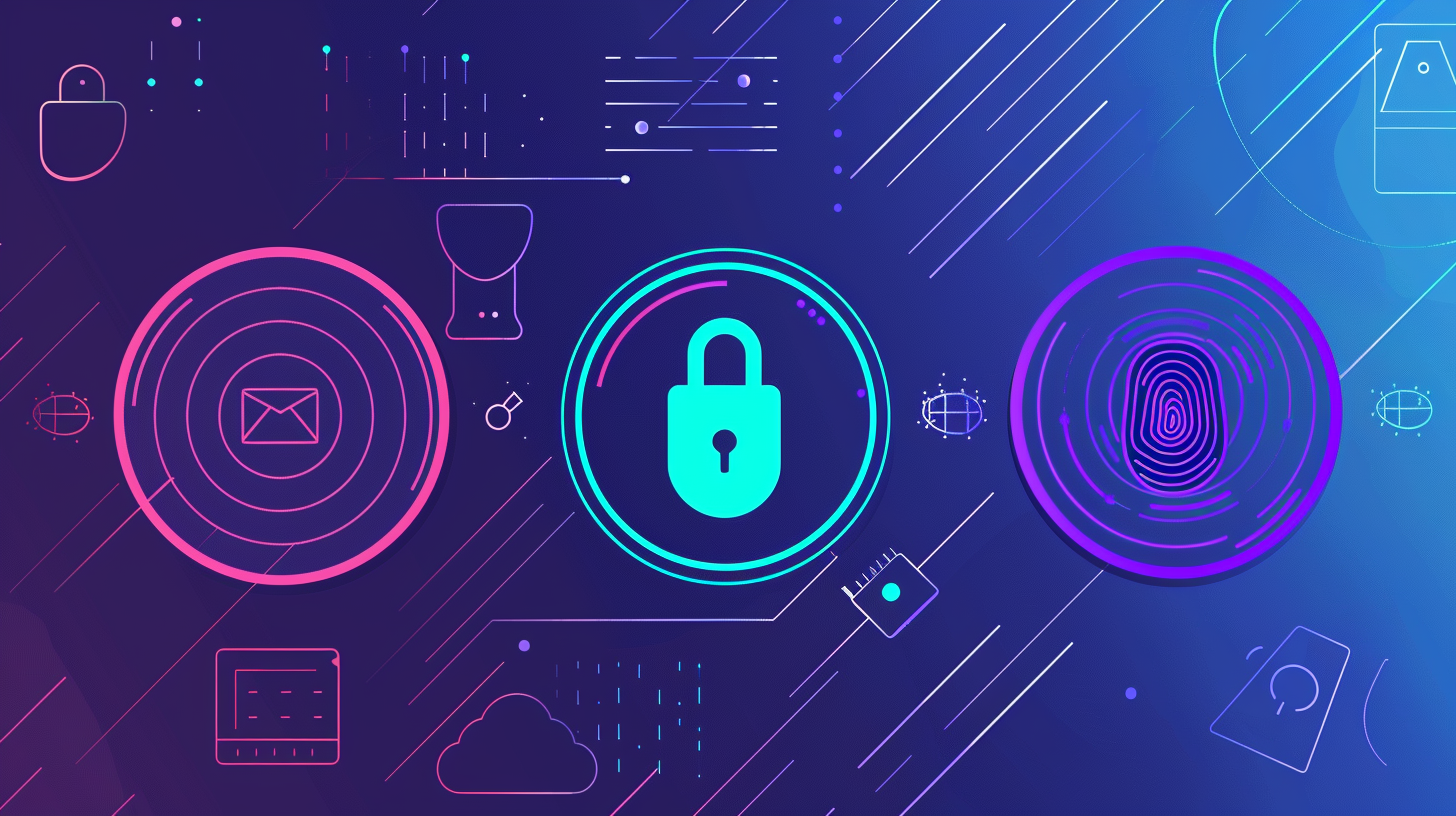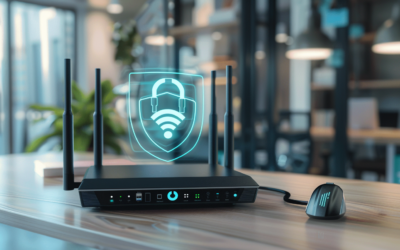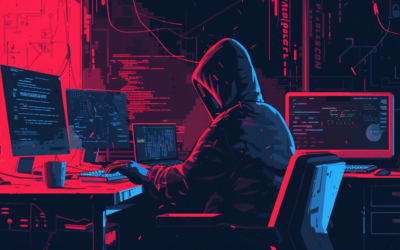In today’s digital landscape, cybersecurity is paramount for businesses of all sizes. With cyber threats becoming increasingly sophisticated, it’s essential to implement robust security measures to protect sensitive data and preserve business continuity. One such crucial tool in your cybersecurity arsenal is Multi-Factor Authentication (MFA). Let’s delve into why MFA is a game-changer for small businesses and how it can fortify your defenses against cyber threats.
Why Multi-Factor Authentication Matters:
Multi-Factor Authentication adds an extra layer of security beyond just a username and password. By requiring users to provide additional verification factors, such as a code sent to their mobile device or a fingerprint scan, MFA significantly reduces the risk of unauthorized access to sensitive accounts and data.
The Cybersecurity Benefits of MFA:
Statistics show that businesses that adopt MFA experience significantly fewer security breaches compared to those that rely solely on passwords for authentication. According to a report by Microsoft, implementing MFA can block up to 99.9% of automated cyberattacks. This staggering statistic underscores the effectiveness of MFA in thwarting cyberattacks and protecting valuable assets.
Understanding Multi-Factor Authentication:
Multi-Factor Authentication typically requires users to provide two or more of the following authentication factors:
- Something You Know: This could be a password, PIN, or answer to a security question.
- Something You Have: This refers to a physical device, such as a smartphone, security token, or smart card.
- Something You Are: This involves biometric factors, such as fingerprint scans, facial recognition, or iris scans.
By combining different types of authentication factors, MFA ensures that even if one factor is compromised, attackers would still need to provide additional authentication to gain access, significantly reducing the risk of unauthorized entry.
How We Can Help:
At Gradient Solutions, we understand the challenges that small businesses face in navigating the complex cybersecurity landscape. Our team of experts specializes in helping businesses like yours implement solid cybersecurity plans tailored to your unique needs and budget. From conducting comprehensive security assessments to recommending and deploying MFA solutions, we’re here to guide you every step of the way. With our proactive approach and personalized support, you can rest assured that your business is equipped with the tools and knowledge needed to stay ahead of cyber threats.
Conclusion:
As cyber threats continue to evolve, it’s essential for small businesses to prioritize cybersecurity measures that offer robust protection against potential breaches. Multi-Factor Authentication is a simple yet highly effective way to enhance your business’s security posture and safeguard sensitive information. Partnering with Gradient Solutions ensures that your business receives the expertise and support needed to implement a solid cybersecurity plan and defend against cyber threats effectively.
Don’t wait until it’s too late. Strengthen your business’s cyber defense with Multi-Factor Authentication and take proactive steps to protect what matters most. Contact Us today to learn more about how we can help secure your business’s digital future.




0 Comments